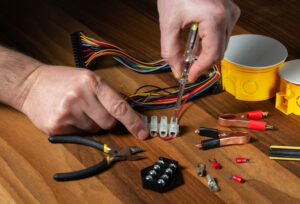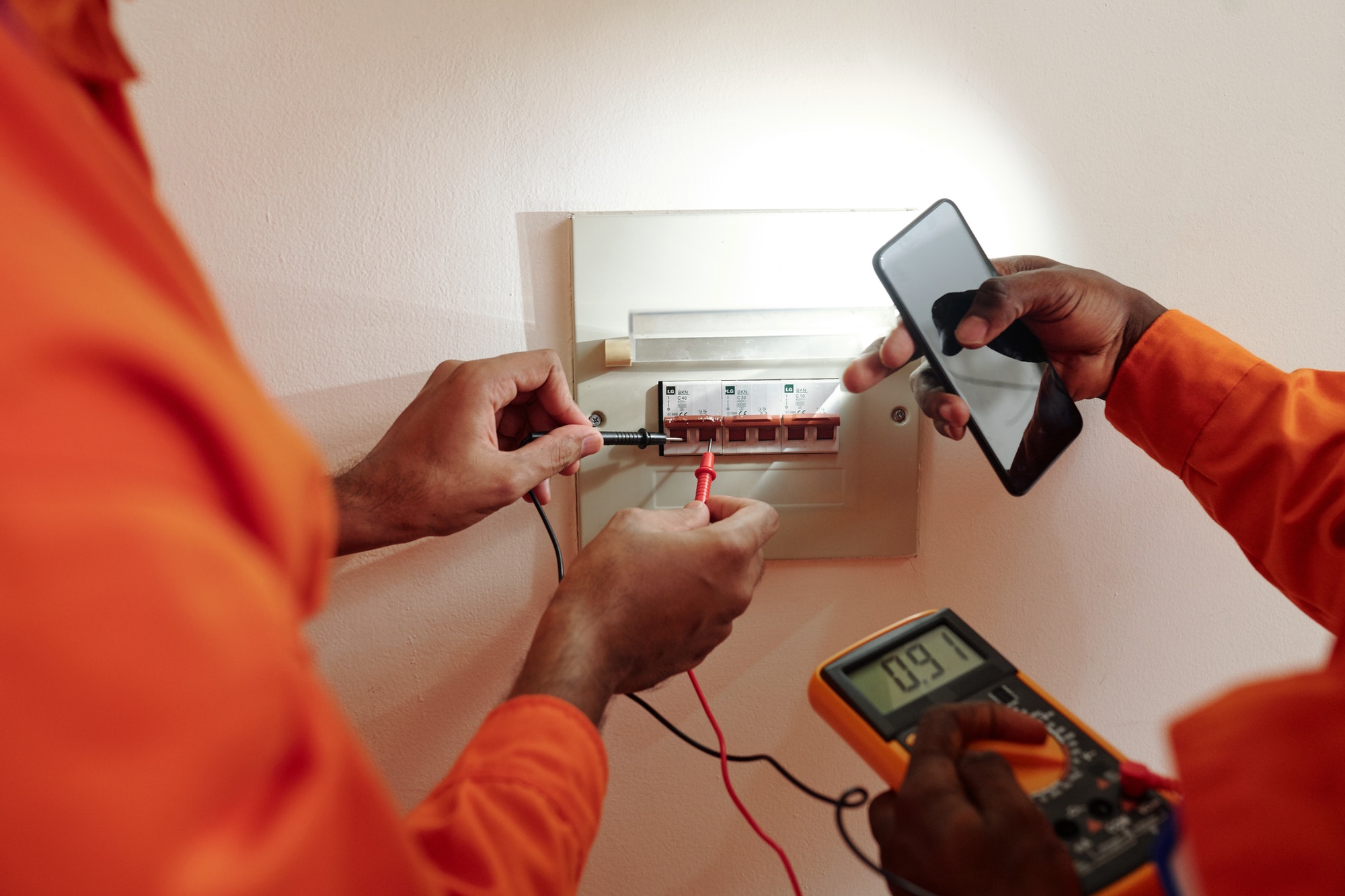In today’s digitally-driven world, reliable data cabling installations are the backbone of any efficient and high-performing network infrastructure. Whether it’s a small office or a large enterprise, the quality and reliability of data cabling can significantly impact overall network performance, uptime, and scalability. To ensure a robust and reliable data cabling installation, it’s essential to follow best practices and adhere to established guidelines. This blog post outlines key best practices and guidelines for achieving reliable data cabling installations.
1. Thorough Planning and Design
Effective planning and design are crucial for a successful data cabling installation. This involves understanding your current network requirements and anticipating future needs.
Key Steps:
- Network Assessment: Conduct a thorough assessment of current network performance and identify potential bottlenecks.
- Future-Proofing: Plan for future growth and technological advancements to avoid frequent upgrades.
- Detailed Layout: Create a detailed layout and cabling diagram, considering factors such as cable pathways, equipment locations, and termination points.
2. Selecting the Right Cable Type
Choosing the right type of cable for your network needs is critical. The type of cable you select will depend on your specific requirements for speed, distance, and environmental conditions.
Common Cable Types:
- Cat5e: Suitable for basic networking needs, supporting up to 1 Gbps.
- Cat6: Ideal for higher-speed networks, supporting up to 10 Gbps over short distances.
- Cat6a: Offers enhanced performance for larger networks, supporting up to 10 Gbps over longer distances.
- Fiber Optic: Best for high-speed, long-distance, and high-bandwidth applications.
3. Quality Components and Materials
Using high-quality components and materials ensures the longevity and performance of your cabling installation. Invest in reputable brands and certified products to avoid potential issues.
Key Considerations:
- Cables: Choose high-quality, certified cables that meet or exceed industry standards.
- Connectors and Patch Panels: Use reliable connectors and patch panels to ensure secure and stable connections.
- Cable Management: Implement proper cable management solutions to organize and protect cables.
4. Adherence to Standards and Codes
Adhering to industry standards and local building codes is essential for ensuring the safety, performance, and compliance of your cabling installation.
Relevant Standards:
- TIA/EIA Standards: Telecommunications Industry Association/Electronic Industries Alliance standards for commercial cabling.
- ISO/IEC Standards: International standards for information technology and cabling.
- Local Building Codes: Compliance with local regulations and building codes.
5. Proper Installation Practices
Proper installation practices are vital to prevent performance issues and ensure the longevity of your cabling infrastructure.
Best Practices:
- Avoid Sharp Bends: Sharp bends and kinks in cables can degrade performance. Maintain proper bend radius according to the cable specifications.
- Secure Connections: Ensure all connections are secure and properly terminated to prevent signal loss and interference.
- Labeling and Documentation: Clearly label all cables, ports, and connections. Maintain detailed documentation for future reference and troubleshooting.
6. Environmental Considerations
The environment in which your cables are installed can significantly impact their performance and longevity. Consider factors such as temperature, humidity, and electromagnetic interference (EMI).
Key Considerations:
- Plenum vs. Non-Plenum Spaces: Use plenum-rated cables in air-handling spaces to meet fire safety standards.
- EMI Protection: In environments with high electromagnetic interference, consider using shielded cables to protect against signal degradation.
- Outdoor Installations: Use outdoor-rated cables for external installations to withstand weather conditions.
7. Regular Testing and Certification
After installation, thorough testing and certification of your data cables are essential to ensure they meet the required performance standards.
Testing Procedures:
- Cable Testing: Use network testers to check for continuity, attenuation, crosstalk, and signal loss.
- Certification: Obtain certification reports from the installer to document compliance with industry standards and performance specifications.
8. Ongoing Maintenance and Monitoring
Regular maintenance and monitoring are crucial to maintaining the reliability and performance of your cabling infrastructure.
Best Practices:
- Routine Inspections: Conduct regular inspections to identify and address potential issues before they become major problems.
- Documentation Updates: Keep documentation updated with any changes or additions to the network.
- Monitoring Tools: Use network monitoring tools to track performance and detect issues in real-time.
Conclusion
Ensuring reliable data cabling installations requires careful planning, adherence to standards, and proper installation practices. By selecting the right cable type, using quality components, considering environmental factors, and conducting thorough testing and maintenance, you can build a robust and efficient network infrastructure. Following these best practices and guidelines will help you achieve a reliable and scalable cabling system that supports your business’s current and future needs. Investing in a high-quality data cabling installation today will pay off in improved network performance, reliability, and scalability for years to come.






